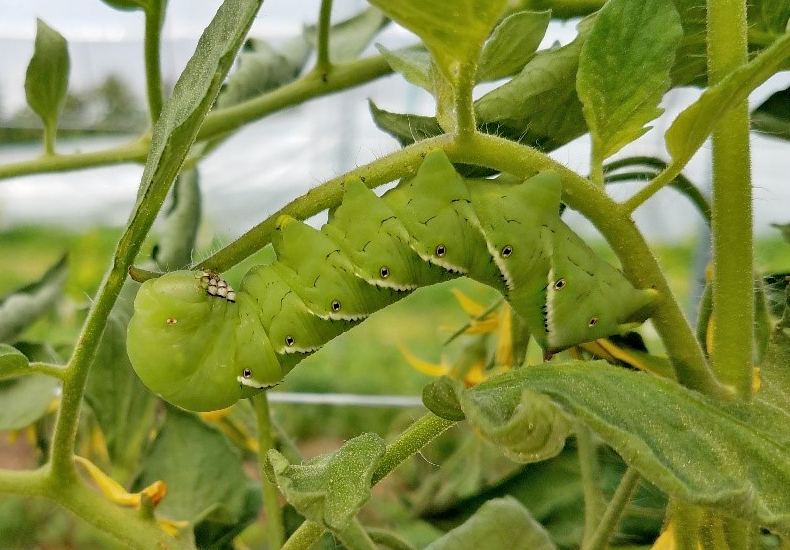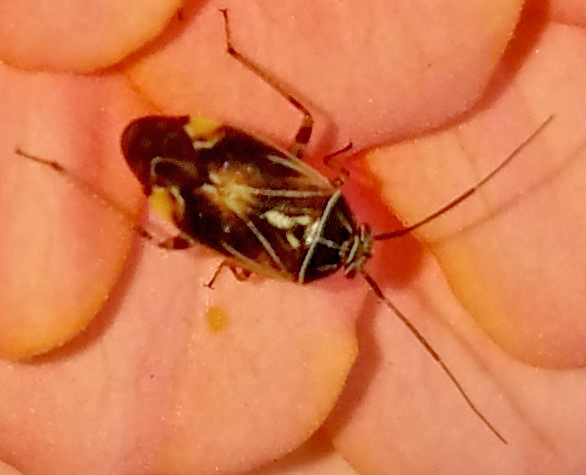Southwest Michigan vegetable update – July 18, 2018
Drier weather has slowed bacterial disease spread but increased the need for irrigation.

Weather
High temperatures ranged from 78 to 89 degrees Fahrenheit and lows from 62 to 70 F. There was 0.12 of an inch of rain for the week and 0.75 of an inch for the past three weeks. The soil is drying and irrigation is becoming necessary. The 50 F degree-day units are at 2,206 for 2018 compared to 2,295 for 2017 and 2,185 for the five-year average.
Field activity
Many early-planted zucchini, summer squash and cucumber fields are finished. These fields need removing as soon as possible so they do not become inoculum sources for disease, powdery mildew and Phytophthora in particular. Powdery mildew can spread to other fields this year while Phytophthora can build up in the soil and affect future crops. Dry weather has slowed spread of bacterial diseases.
Crop reports
Virus symptoms are showing up in cucurbit crops. This means aphid populations are increasing and need monitoring. Controlling aphids may reduce virus spread but aphids themselves can reduce yields and affect fruit quality. Pay particular attention to pepper fields.
Several virus diseases affect vegetables. Symptoms generally include curling or mottled leaves (Photo 1). Once plants have virus, they cannot be cured and productivity greatly decreases. Several varieties have tolerance to the more common viruses and these should be planted for harvest when aphid populations are high in August and September. They will cost more but their yields will be higher.
Early tomatoes and banana peppers are being harvested. Tomato hornworm larvae (Photo 2) and tarnished plant bugs (Photo 3) are present. Higher populations are present in tunnels. Both need to be controlled. Even large hornworms are easily controlled using the various Bt products.
Hornworms are good at hiding since they take on the color of the plant tissue they are eating—if your tomatoes are yellow-green, hornworms will be yellow-green, and if your tomatoes dark green, hornworms will be dark green. Their feeding activity is what is often observed first. They strip leaves down to the mid-rib and leave lots of frass (larva poop) in the feeding area. Tarnished plant bugs need controlling since their feeding stings can cause fruit blemishes.
Sweet corn volume is increasing as more fields come into production.

Photo 2. Tomato hornworm.

Photo 3. Tarnished plant bug (enlarged to show detail).



 Print
Print Email
Email